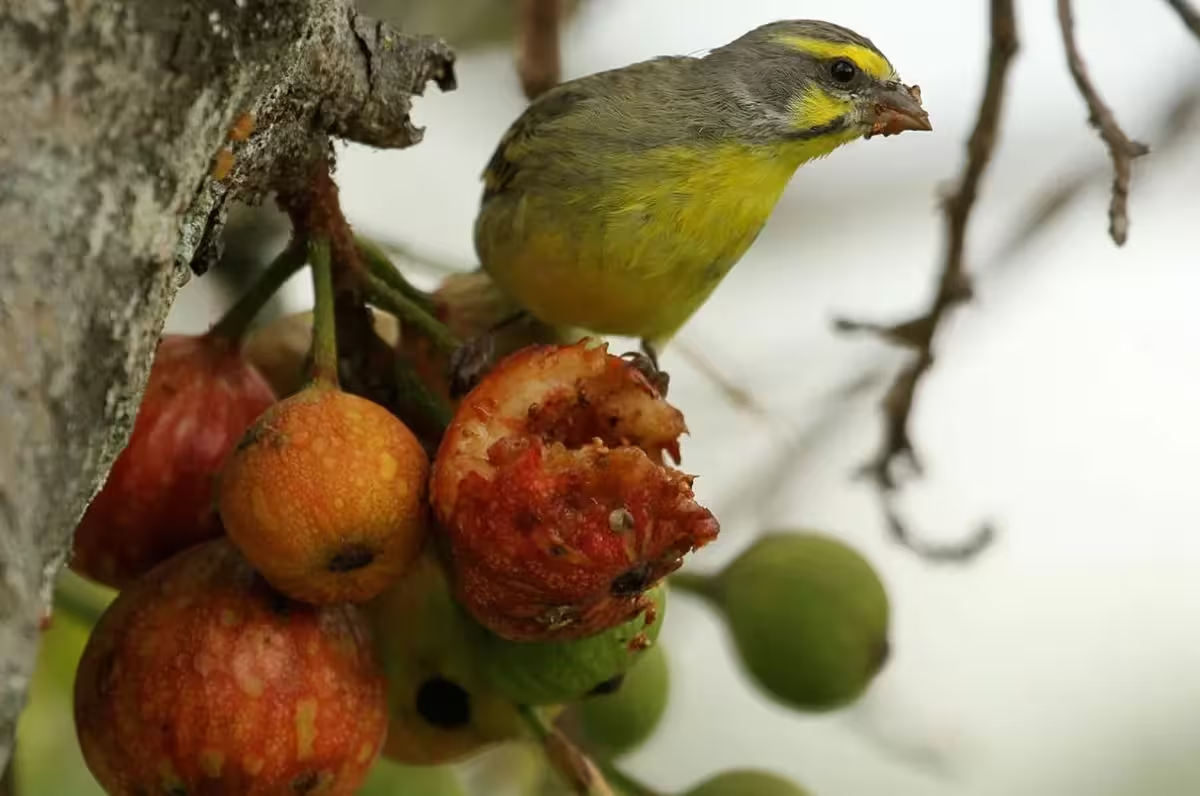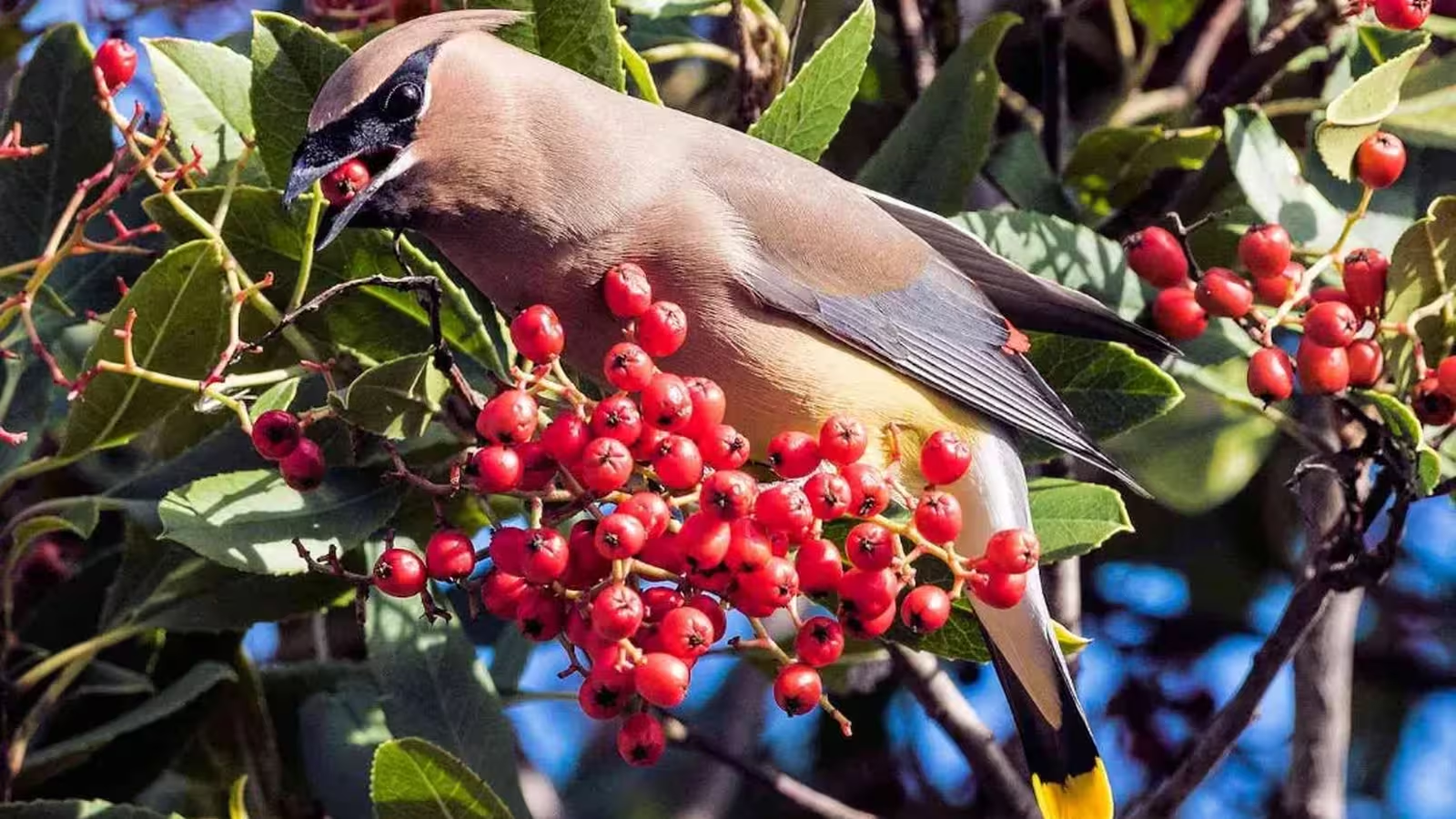5 Minutes
Introduction: A Sour Advantage in the Animal Kingdom
For most humans, the ideal fruit is sweet and mild—think ripe peaches or juicy grapes. Yet in the avian world, many birds eagerly consume sharply acidic fruits, from zesty lemons to unripe mangos, with apparent ease. What lies behind this contrasting taste preference? Recent scientific discoveries are beginning to illuminate how birds evolved a unique taste perception, enabling them to thrive on sour and acidic diets—a crucial adaptation that set them apart from many fellow vertebrates.
Uncovering the Genetic Roots of Acid Tolerance
Groundbreaking research published in the journal Science has revealed how genetic mutations more than 20 million years ago fundamentally altered the taste sensation of birds. Unlike mammals—including humans and mice—birds possess specialized sour taste receptors that are less responsive when exposed to highly acidic foods. This adaptation allows birds to minimize the intense sourness and safely consume fruits that might be unpleasant or even unpalatable to other animals.
Central to this discovery is OTOP1, a molecular receptor responsible for detecting sourness in vertebrates. Identified only seven years ago, OTOP1 has been the subject of limited research until now. To investigate how birds sense sourness, scientists compared OTOP1 receptors from mice, domesticated pigeons, and canaries, exposing them to solutions with varying acidity levels.
Birds Versus Mammals: Different Taste Reactions
The OTOP1 from mice became more active as acidity increased, resulting in a stronger tart signal. By contrast, OTOP1 from pigeons and canaries showed much lower activity in acidic solutions reminiscent of lemon juice. This reduced sensitivity explains why birds perceive less tartness—enabling them to exploit a broader spectrum of sour fruits ignored by most mammals.
The Evolutionary Timeline: When Did Birds Gain a Taste for Sour?
Through advanced genetic analysis, the research team pinpointed the origin of this adaptation. By inducing targeted genetic changes in OTOP1, they identified four amino acids that likely confer tolerance to sour tastes. Of special interest is the amino acid G378, which is present almost exclusively in songbirds such as canaries, but absent in species like pigeons. This single change appears to significantly boost sour tolerance.
Comparisons across avian lineages suggest that the emergence of G378—and thus enhanced acid resistance—likely arose between 34 and 23 million years ago. This period coincides with several major evolutionary events, including the diversification of flowering plants and fruit-bearing trees.

Sour Taste Adaptation: A Key to Ecological Success
The capability to consume highly acidic foods is not just a curiosity—it has deep ecological and evolutionary implications. According to Richard Prum, an evolutionary ornithologist at Yale University, the development of sour taste tolerance in birds may have occurred alongside the evolution of fruiting plants. Many plants rely on birds to disperse their seeds via droppings, so it is evolutionarily advantageous for fruits to cater to the birds’ taste profiles.
This mutualistic relationship likely fueled both plant and bird diversification. Birds that can withstand high-acidity fruits gain access to unique nutritional resources largely unavailable to competing mammals, many of which are also large fruit-eaters within terrestrial ecosystems. Such dietary flexibility is believed to contribute to the astounding success and wide distribution of birds—there are more than 10,000 bird species inhabiting almost every corner of the globe.
Extending the Advantage: Survival Amid Environmental Pressures
Access to a diverse array of foods might also reinforce birds’ resilience in the face of natural disasters or climate-induced shifts. Kyle Kitelberger, a doctoral candidate at the University of Utah studying bird migration and environmental change, remarks, "Having a broader diet could have allowed birds to survive natural catastrophes better than other animals, because they can consume resources other species simply cannot tolerate."
Migratory species, in particular, clinch a significant benefit—fruits, whether sweet or tart, are primary sources of fats and energy essential for their epic journeys across continents.
Mechanisms Behind the Adaptation: The Dual Evolution of Taste Receptors
Interestingly, the evolutionary rise of G378 coincides with the appearance of sweet taste perception in songbirds, a group that today includes an impressive diversity from canaries and finches to crows and honeyeaters. Hao Zhang from the Chinese Academy of Sciences, a lead author of the study, notes that the simultaneous development of receptors for both sour and sweet flavors might have equipped these birds with an enhanced ability to differentiate among the complex bouquets of fruit flavors. This, in turn, could have driven further ecological specialization and species diversification.
The study illustrates the intricacy of evolutionary change—not only adapting to new food sources but also developing mechanisms to discern healthy, energy-rich foods from potentially toxic ones. As plants and animals co-evolved, their survival strategies became deeply intertwined.
Future Directions: Untapped Avenues in Bird Taste Research
While these discoveries shed unprecedented light on the evolution of taste in birds, they also raise intriguing questions about possible variations among other avian groups. Lian Graves, an ornithologist at the Cornell Lab of Ornithology who was not involved in the current study, emphasizes the importance of expanding research to include additional bird families such as parrots and pigeons to map the full spectrum of acid tolerance across avian diversity.
Conclusion
The discovery of sour taste evolution in birds is more than a curiosity of the palate; it provides key insight into major evolutionary processes that shaped today’s extraordinary avian biodiversity. By unraveling the molecular and genetic adaptations behind birds’ ability to consume highly acidic fruits, scientists are piecing together a vital chapter in the story of ecosystem resilience and interdependence. These findings enhance our understanding of the intricate ties between genetics, diet, and survival, while highlighting the importance of ongoing research into how taste perception influences ecological success in the natural world.
Source: science



Comments